This Nabataean city is located in Saudi Arabia, approximately 320 kilometers south of Petra. This Nabataean city has 131 tombs spread out over 13.4 kilometers. The city proper as a siq, walls, towers, water conduits, and cisterns. We are trying to collect pictures, maps and other descriptions of this site. If you can help us please email us especially if you can provide photos to complete our database of the 130 tombs.
In ancient times it was known as Hegra (“Rocky Tract”) but is now known as Mada’in Salih, or “the cities of Salih” in Arabic. (The name refers to the pre-Islamic prophet Salih, whose rejection by the people of Thamud is recounted in the Qur’an.) Hegra was the southernmost Nabataean settlement and one of the Nabataean Burial Cities. It was also a center for the kingdom’s traders, farmers, engineers, stonemasons and artisans. Hegra’s walled urban center covered about 650,000 square meters or 160 acres.
One of the interesting things about Meda’in Saleh is that many of the tombs have inscriptions which describe who built the tomb, who is buried there, and who can use the tomb. Inscriptions like this are common on other Nabataean burial sites, but very few have been found in Petra. Some have wondered if the inscriptions in Petra were painted onto white plaster, which would have crumbled over history. Others have wondered if perhaps there never were any in Petra.
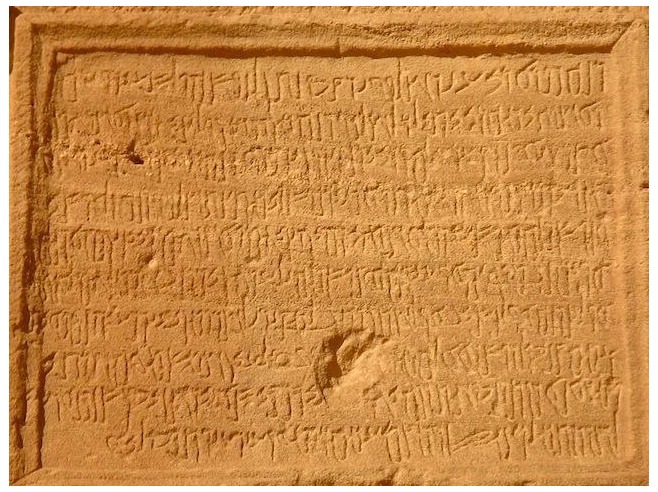
The above inscription was recently uncovered in Meda’in Saleh. It was translated byu Rudulf Haensch, of the German Archeological Institute in Munich and reads:
“*For the welfare of Emperor Caesar Marcus Aurelius Antoninus Augustus Armeniacus Parthicus Medicus Germanicus Sarmaticus Maximus, the community of the Hegreni restored the wall, destroyed by the passage of time, at its own expense, under the governorship of Iulis Firmanus, legate of the emperor with the rank of praetor; the work being arranged by Pomponius Victor, centurion of Legion III Cyrenaica, and his colleague, Numisius Clemens, and construction being supervised by Amrus, son of Haian, the headman of their community.*”
This inscription throws new light on Mada’in Salih, as it appears that the inscription was written in 75 AD, and demonstrates that there was a Roman military presence there at that time.
Please check out the database and chart of the 130 tombs on this website.
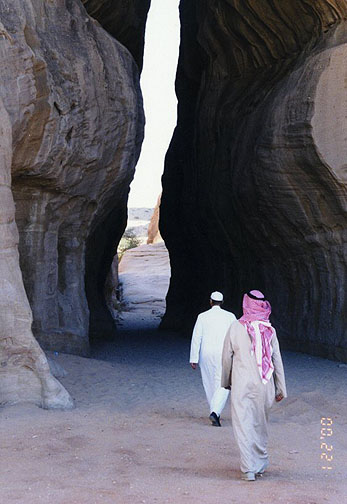
Photo by Galen R Frysinger www.galenfrysinger.com Used with permission
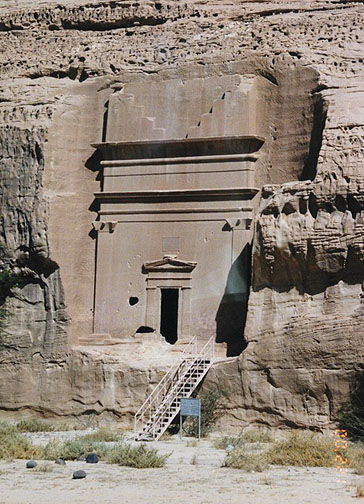
Photo by Galen R Frysinger www.galenfrysinger.com Used with permission
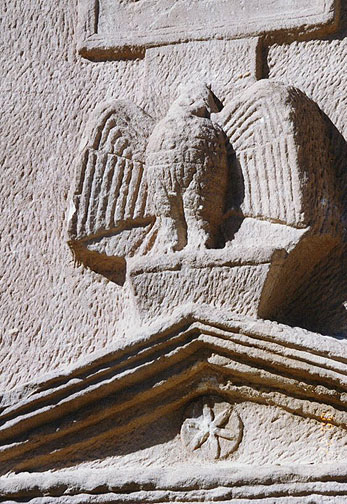
Photo by Galen R Frysinger www.galenfrysinger.com Used with permission
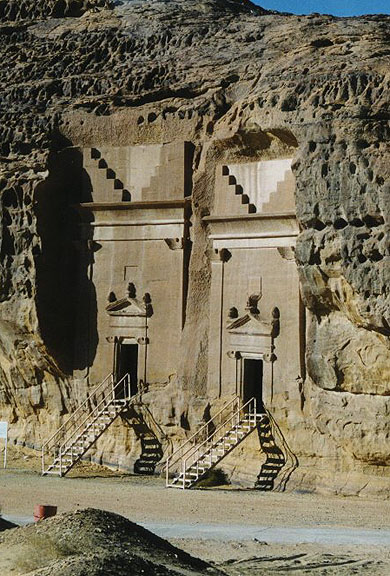
Photo by Galen R Frysinger www.galenfrysinger.com Used with permission
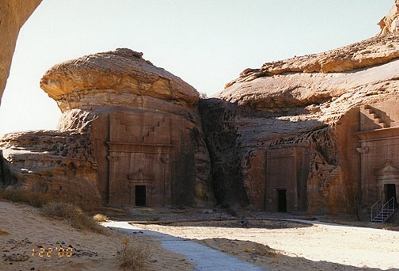
Photo by Galen R Frysinger www.galenfrysinger.com Used with permission
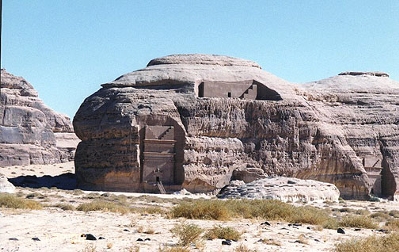
Photo by Galen R Frysinger www.galenfrysinger.com Used with permission
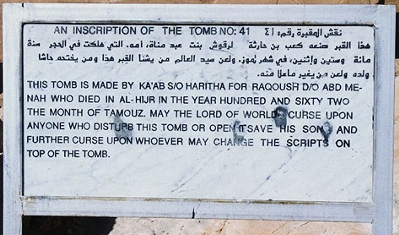
Photo by Galen R Frysinger www.galenfrysinger.com Used with permission
Special thanks to John and Kathy Haberman for all the photos below this point. Their contributions have greatly aided us in recording Meda’in Saleh for those who cannot enter Saudi Arabia at this time.
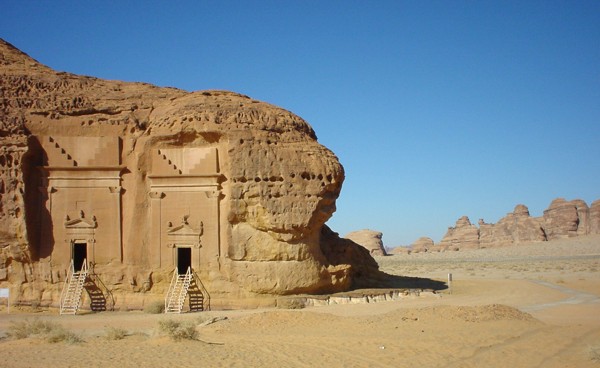
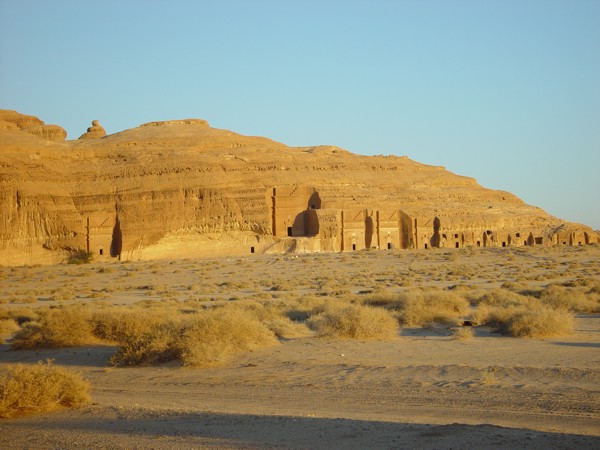

General view of area F
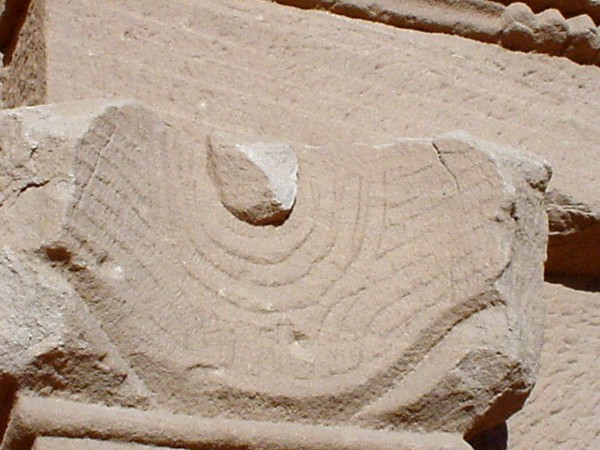
Decorations on a Nabataean capital.

An interesting capital
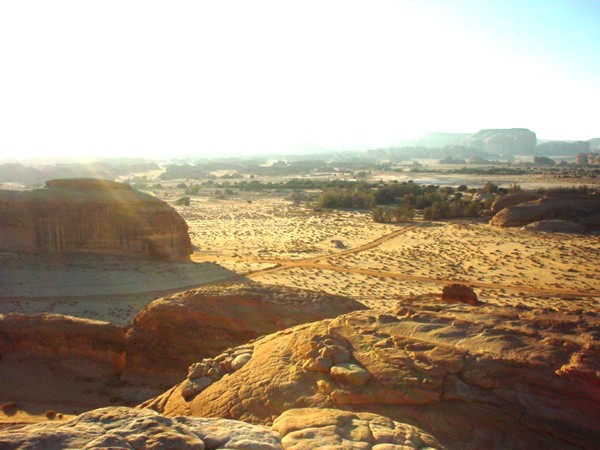
View from the High Place looking north west
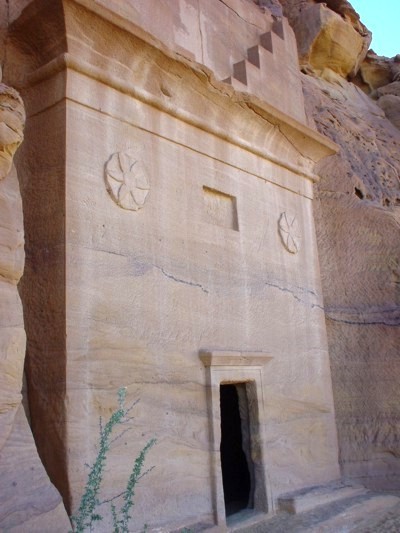
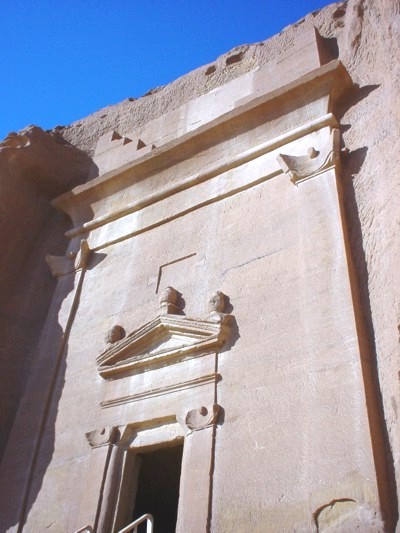
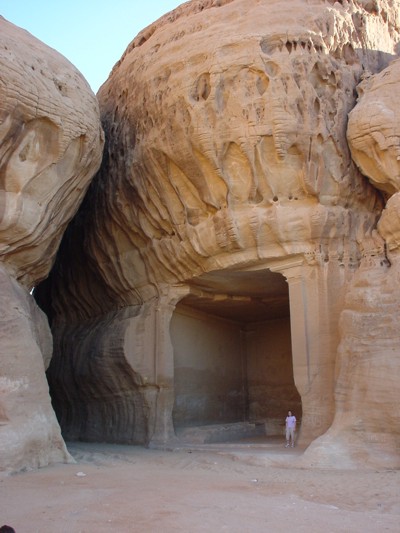
A dining hall (known today as a diwan). Notice the siq on the left where people enter Meda'in Saleh.
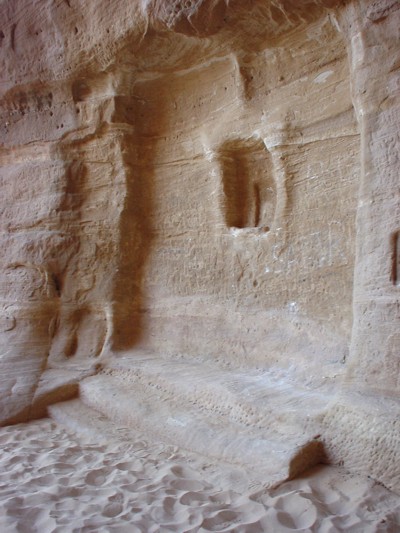
To the left of the dining hall, a niche is carved into the wall with a god-block.


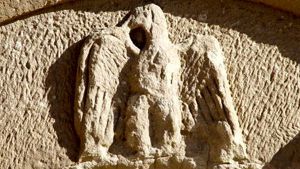
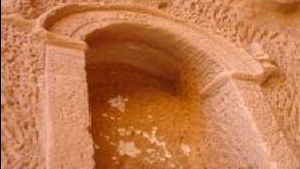
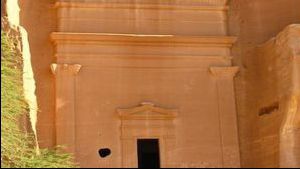
Page Discussion
Membership is required to comment. Membership is free of charge and available to everyone over the age of 16. Just click SignUp, or make a comment below. You will need a user name and a password. The system will automatically send a code to your email address. It should arrive in a few minutes. Enter the code, and you are finished.
Members who post adverts or use inappropriate language or make disrespectful comments will have their membership removed and be barred from the site. By becoming a member you agree to our Terms of Use and our Privacy, Cookies & Ad Policies. Remember that we will never, under any circumstances, sell or give your email address or private information to anyone unless required by law. Please keep your comments on topic. Thanks!